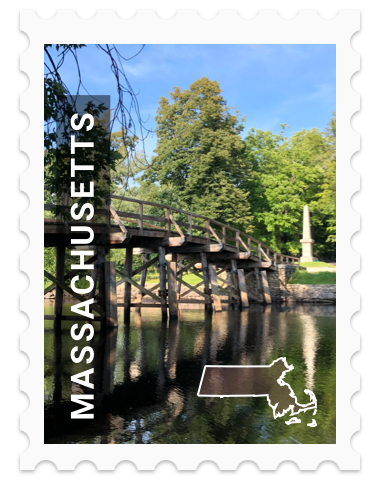Plymouth Rock United States
Visit the area where the Pilgrims first landed in the New World.
Kid Rating:

Plymouth Rock is considered to be one of the main symbols of early American settlement in the New England area of the United States. In 1620, 102 English Pilgrims who were looking for a new life left England on the Mayflower ship and landed in Plymouth, Massachusetts. According to legend, Plymouth Rock is the exact location that the Pilgrims first landed when they arrived in the New World. These original settlers did not write anything about specific rocks when they arrived. There are only two records that were kept by the Pilgrims who landed in Plymouth. One was written by William Bradford. His journal is now called Of Plymouth Planation. The second one is named Mourt’s Relation, but neither talk about the exact landing site of the Mayflower or any rocks in the area. It wasn’t until many years later that anyone wrote about the Plymouth Rock itself.
The man who first designated the specific granite boulder as the landing site of the Pilgrims was Elder Thomas Faunce, who was angry to learn that a ships’ wharf was going to be built where the Plymouth Rock was located and was going to bury it. Because other Plymouth townspeople knew that Elder Faunce had been born to one of the earliest settlers while the Pilgrims were still alive, they believed him and helped him save it. The wharf was built but Plymouth Rock was saved and preserved.
Since Elder Faunce saved Plymouth Rock, it has been a popular symbol of Americana. Only about a third of the stone is visible above ground, and it’s believed to be around 4 tons (that’s as much as a baby blue whale!). Historians think that the current Plymouth Rock is only about half of its original size, because during the 18th and 19th century people would chip away at the stone to take home souvenirs.
In 2020, the Plymouth Rock will celebrate it’s 400th year of history for the United States. Plymouth, Massachusetts is planning a big celebration, including having an Ultimate Thanksgiving feast much like the original settlers and the Wampanoag Native Americans had.







